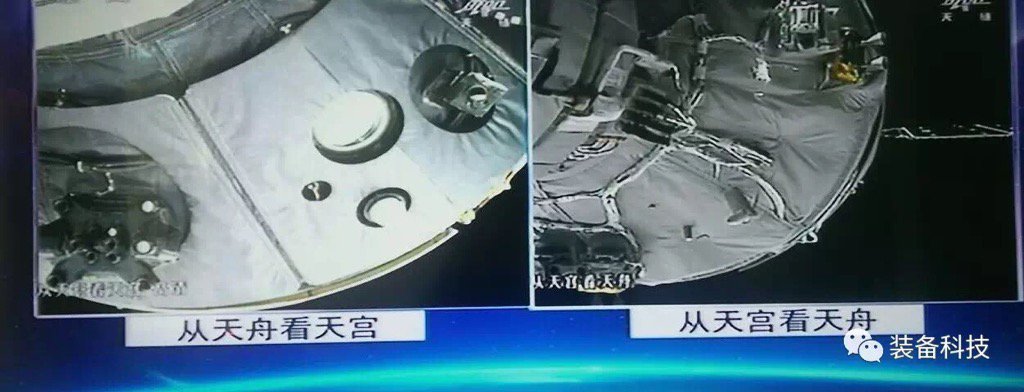China's CALT Aims To Fly Proposed Long March 9 Moon Rocket By 2030
Jun 12, 2017 | Aerospace Daily & Defense Report

BEIJING—China’s main space launcher builder has loosened the schedule for flying a super-heavy rocket, leaving open the possibility of launching the first unit at least two years later than previously planned.
But the launcher, needed for proposed manned lunar landings by 2031-36, could also fly a little before the previously stated target of 2028, a senior manager of the state enterprise, CALT, implies.
Payload to low Earth orbit has risen to 140 metric tons from the 130 metric tons targeted in 2013 studies, but this improved performance is not expected to result in more mass hurled to lunar transfer orbit. For that, the target is still 50 metric tons, says the manager, Lu Yu, director of CALT’s science and technology committee.
“We are mainly talking about a first flight around 2028-30,” Lu told reporters at the Global Space Exploration Conference here. “The rocket is for deep space missions and especially for setting up a lunar base for manned missions.”
CALT is working on key technology for Long March 9 in anticipation of approval for full-scale development. This work is focusing on developing engines vastly larger than anything China has so far built and on fabricating structure of the great diameter that will be needed, another Chinese space industry official says.
The first core stage will probably have a diameter of 10 meters (33 ft.), that official says. That would be twice the diameter of the core first stage of Long March 5, China’s largest rocket to date. Difficulties in fabricating the 5-meter dia. structure delayed Long March 5’s first flight.
In a conference presentation, Lu showed a design for Long March 9, perhaps just a concept, with 24 thrust chambers for liftoff thrust. If engines with dual thrust chambers are planned, as seems likely, then the design will have 12 engines at liftoff: four in the core first stage and two in each of four boosters.
The color coding of the drawing implies that these engines would burn kerosene with liquid oxygen.
The second stage has two thrust chambers—perhaps for two engines—that would apparently burn hydrogen with liquid oxygen, a conventional choice. The third stage had the same arrangement.
Notably absent from the design were solid-propellant boosters, which China has been working on for this project. In earlier designs, CALT engineers restricted each concept to two propellant combinations: liquid hydrogen and liquid oxygen with either kerosene and liquid oxygen or solid propellants at liftoff. The latest concept conforms to that rule.
But it is quite possible that CALT is also still considering a design for solid-propellant boosters on a completely hydrogen-fueled core.
Jun 12, 2017 | Aerospace Daily & Defense Report

BEIJING—China’s main space launcher builder has loosened the schedule for flying a super-heavy rocket, leaving open the possibility of launching the first unit at least two years later than previously planned.
But the launcher, needed for proposed manned lunar landings by 2031-36, could also fly a little before the previously stated target of 2028, a senior manager of the state enterprise, CALT, implies.
Payload to low Earth orbit has risen to 140 metric tons from the 130 metric tons targeted in 2013 studies, but this improved performance is not expected to result in more mass hurled to lunar transfer orbit. For that, the target is still 50 metric tons, says the manager, Lu Yu, director of CALT’s science and technology committee.
“We are mainly talking about a first flight around 2028-30,” Lu told reporters at the Global Space Exploration Conference here. “The rocket is for deep space missions and especially for setting up a lunar base for manned missions.”
CALT is working on key technology for Long March 9 in anticipation of approval for full-scale development. This work is focusing on developing engines vastly larger than anything China has so far built and on fabricating structure of the great diameter that will be needed, another Chinese space industry official says.
The first core stage will probably have a diameter of 10 meters (33 ft.), that official says. That would be twice the diameter of the core first stage of Long March 5, China’s largest rocket to date. Difficulties in fabricating the 5-meter dia. structure delayed Long March 5’s first flight.
In a conference presentation, Lu showed a design for Long March 9, perhaps just a concept, with 24 thrust chambers for liftoff thrust. If engines with dual thrust chambers are planned, as seems likely, then the design will have 12 engines at liftoff: four in the core first stage and two in each of four boosters.
The color coding of the drawing implies that these engines would burn kerosene with liquid oxygen.
The second stage has two thrust chambers—perhaps for two engines—that would apparently burn hydrogen with liquid oxygen, a conventional choice. The third stage had the same arrangement.
Notably absent from the design were solid-propellant boosters, which China has been working on for this project. In earlier designs, CALT engineers restricted each concept to two propellant combinations: liquid hydrogen and liquid oxygen with either kerosene and liquid oxygen or solid propellants at liftoff. The latest concept conforms to that rule.
But it is quite possible that CALT is also still considering a design for solid-propellant boosters on a completely hydrogen-fueled core.






